The most comprehensive free industrial control software is here! Want to engage with me?
(Click the red text above to get the materials for free)
RS-232, RS-422, and RS-485 are serial data interface standards. RS-232 is the most widely used serial interface for PCs. It is defined as a single-ended standard for increasing communication distance in low-speed serial communication. RS-232 uses an unbalanced transmission method, known as single-ended communication, while the RJ45 interface is typically used for data transmission, most commonly for network card interfaces.
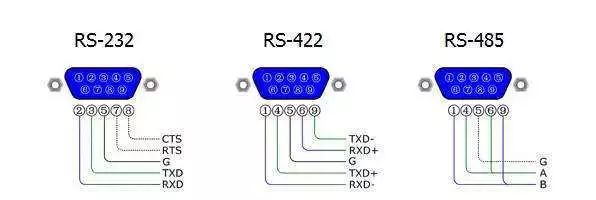
Communication issues, like traffic problems, have various scenarios such as high-speed, low-speed, congestion, interruptions, etc. If we compare serial communication to traffic, UART can be thought of as a station, making a frame of data akin to a car. Cars on the road must obey traffic rules. In urban areas, the speed limit is generally 30 or 40, while highways can reach 120. The path a car takes and its speed limit depend on the protocol specifications. Common serial protocols include RS-232, RS-422, and RS-485. What are the subtle differences between them? Let’s explore together.
1. RS232 Explanation
One of the communication interfaces on personal computers, defined by the Electronic Industries Association (EIA) as an asynchronous transmission standard interface. Typically, RS-232 interfaces appear in the form of 9 pins (DB-9) or 25 pins (DB-25), and generally, personal computers have two sets of RS-232 interfaces, known as COM1 and COM2.
The RS232 electrical interface is divided into DB9 and DB25, defined as shown in the figure below:
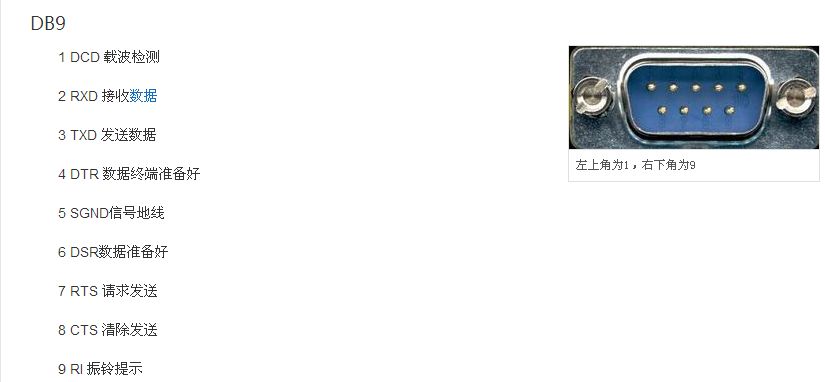
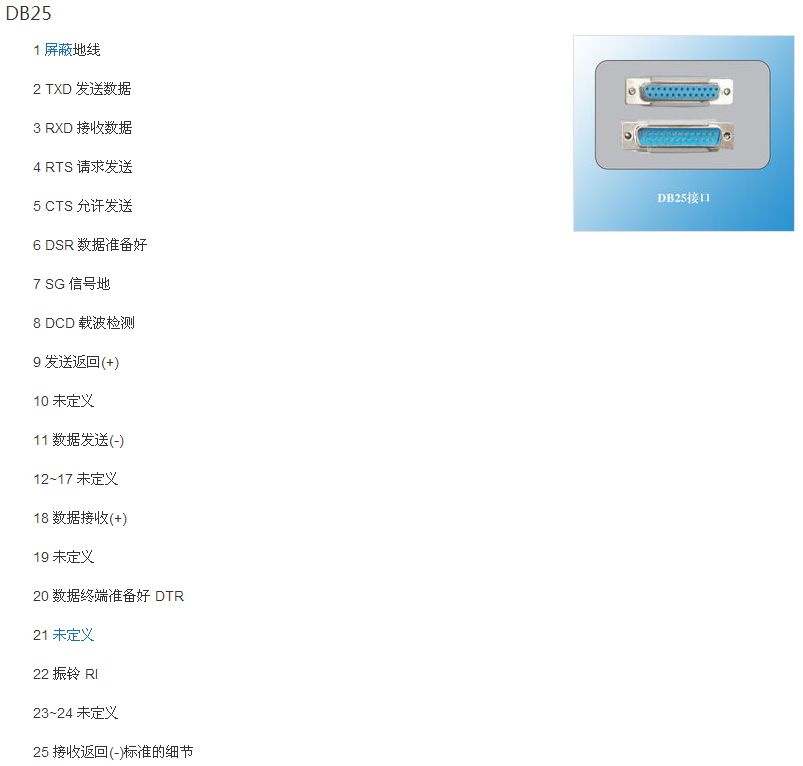
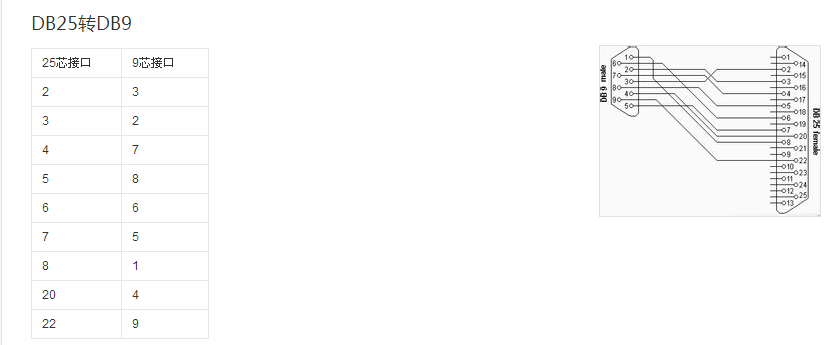
In most cases, not all interfaces need to be soldered; a simplified diagram is shown below:
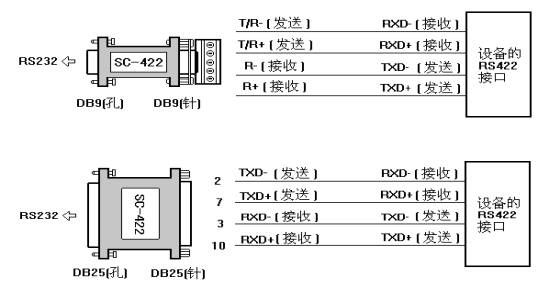
2. RS422 Explanation
The full name of the RS-422 standard is “Electrical Characteristics of Balanced Voltage Digital Interface Circuits,” which defines the characteristics of the interface circuit. In fact, there is also a signal ground wire, totaling five wires. Because the receiver uses high input impedance and the transmitter has a stronger driving capability than RS232, it allows multiple receiving nodes to be connected on the same transmission line, with a maximum of 10 nodes. One master device and the others are slave devices, where slave devices cannot communicate with each other, so RS-422 supports point-to-multipoint bidirectional communication. The receiver input impedance is 4k, thus the maximum load capability of the transmitter is 10×4k+100Ω (termination resistance).

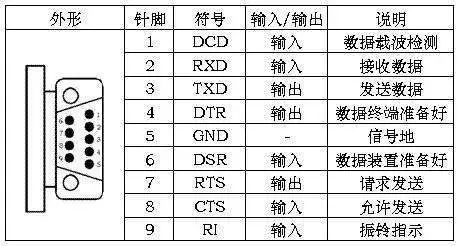
In most cases, not all interfaces need to be soldered; a simplified diagram is shown below:
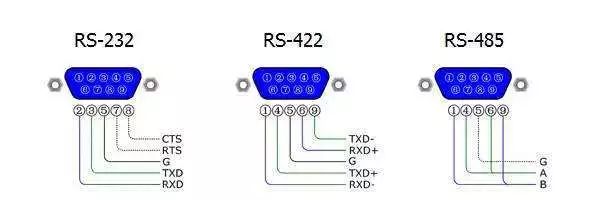
3. RS485 Explanation
RS-485 is also known as TIA-485-A, ANSI/TIA/EIA-485, or TIA/EIA-485.
RS485 defines the electrical characteristics of drivers and receivers in balanced digital multipoint systems. This standard is defined by the Telecommunications Industry Association and the Electronic Industries Alliance. Digital communication networks using this standard can effectively transmit signals over long distances and in environments with high electronic noise. RS-485 enables the configuration of inexpensive local networks and multi-branch communication links.
RS485 has two-wired and four-wired connections; the four-wire connection can only achieve point-to-point communication and is rarely used now. The two-wire connection method is commonly used, which adopts a bus topology, allowing a maximum of 32 nodes to be connected on the same bus.
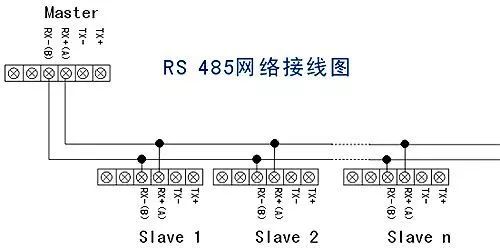
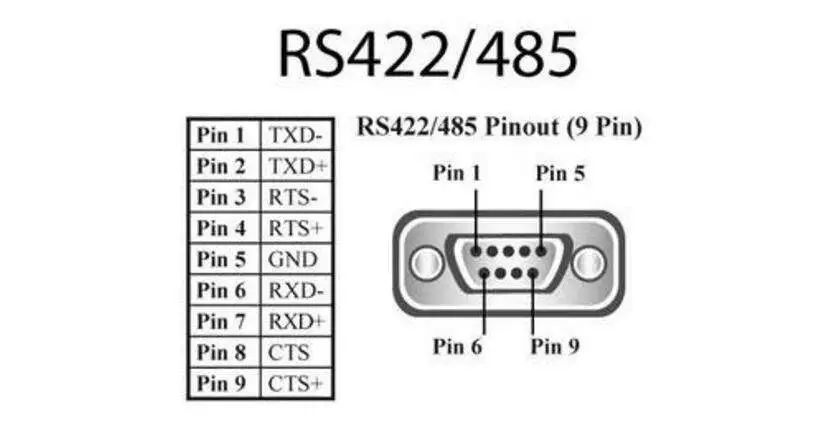
4. Comparison of RS232, RS422, and RS485
All are serial communication standards with different applications.
RS232 – 3-wire full duplex, point-to-point communication, transmission distance within 25 meters.
RS485 – 2-wire half duplex, point-to-multipoint master-slave communication, transmission distance can reach over 1200 meters.
RS422 – 4-wire full duplex, master-slave communication, transmission distance can reach over 1200 meters.
Recommended by the editor: HOT
The most comprehensive industrial control software link is given for free!
With these 6000 materials, your salary will only double!
The path to growth for electrical engineers’ skills and salaries!
We need more technicians, not PhDs!
【Heavyweight】PLC and various sensor connection solutions
Explore the secrets of Coca-Cola - Industrial Control Help's training camp visits the Coca-Cola Wangcheng production base
▣ Source: Electrical Automation, if there is any infringement, please contact for deletion
▣ Statement: The materials in this article are collected from the internet, organized by Industrial Control Help. The videos, images, and texts used in the article are copyrighted by the original authors. If there are copyright issues, please contact 15388920506 (same WeChat number), and we will confirm the copyright immediately and pay remuneration according to national regulations!
▣ Suggestion: There may inevitably be omissions or errors in the article, please feel free to express your comments in the message area. What you know may be what everyone wants to understand! This way we can help more people learn more! Thank you for your support!